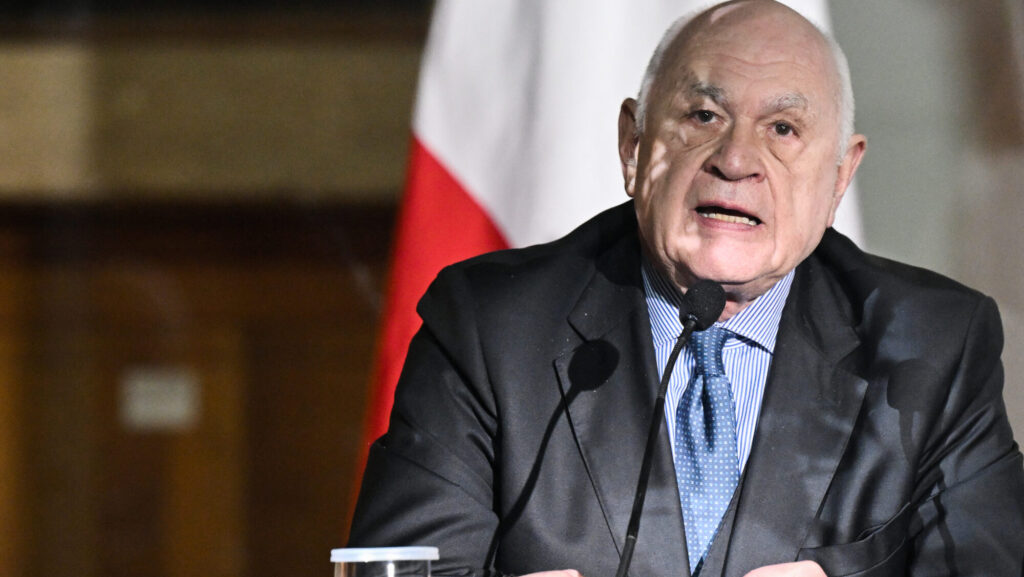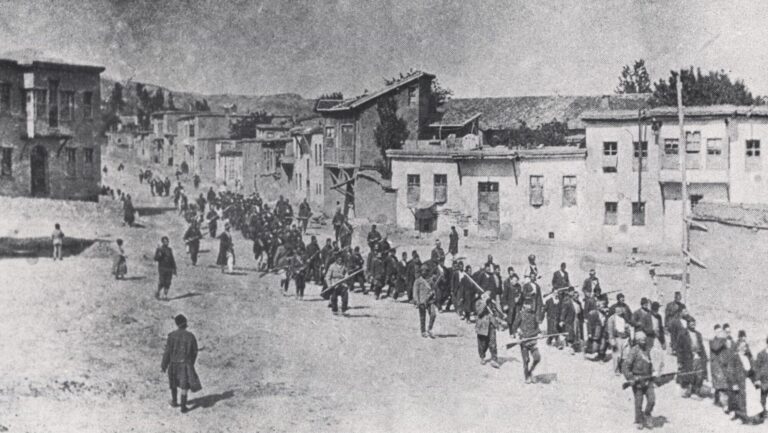Of the many ambitious endeavors that the Italian government has engaged in since its establishment, the Constitutional Reforms stand out in particular. The objective of the reforms is to overcome some peculiarities of the “Charter” that came into force in 1948 and that have proven to be limiting the effectiveness of political action. Hence the “premierato” reform—which aims to strengthen the powers of the head of government—as well as the introduction of the law on differentiated autonomy, passed in June 2024, that fills the regulatory gap left by the ‘reform’ carried out by the Left in 2001, altering the autonomous functions of the regions. To cap it all is the judicial reform, aimed at modifying the self-governing structure of the Italian judiciary. This system had been in place since 1992, following investigations that led to the collapse of the Italian political framework established after the fall of fascism in 1943, built on the remnants of the political forces that predated the Mussolini regime. Despite its deficiencies, this framework had been instrumental in rebuilding Italy and helping it become the fourth-largest world power.
Between 1992 and 1994, for the first time in Italian history, the dam holding the balance between the powers of the state collapsed. This inaugurated the era of the overreach of the ‘politicized’ judiciary—or, rather, of the left-leaning members of the judiciary who have since very liberally used inquiries, investigations, and trials as tools to bring down their political opponents, putting them through the judicial and media grinder. Playing on the support that a significant part of the press had provided during the ‘Tangentopoli’ investigations—a major political investigation that exposed widespread corruption at the highest levels of government, business, and public institutions—the politicized judiciary constantly intervened in politics using the classical tools of judicial authority.
From 1994 to today, any political intervention aimed at restoring the balance between the branches of power has been in vain, and has often produced unprecedented judicial aggression—such as the one that resulted in Silvio Berlusconi being dragged to courtrooms for over 20 years to respond to the continual accusations made against him. Investigations, by the way, that appeared on day two of his entry into politics in 1993, and were totally non-existent in the previous years. In addition, opposition to change has also been so strong it has made any reform impossible.
It is important to note that it is not only the center-right that is concerned about judicial overreach. The issue concerns everyone who has experienced certain balances being threatened. It also affects those who, in line with our Constitution and our judicial system, have repeatedly supported the need to uphold the concept of the presumption of innocence, and that guilt is only established after the highest appeal court has ruled on the case. Until now, anyone who has proposed legislative changes to the judicial system, aiming to guarantee political autonomy—already jeopardized by the scrapping of parliamentary immunity created to protect the independence of MPs by the founding fathers, has faced failure.
After thirty years, a government with the strong legitimacy of a significant electoral victory, and with a consensus in parliament that goes well beyond the numbers of the majority, has set itself the goal of resolving this anomaly that has persisted for decades. This anomaly, in certain ways, stems from the abolition of a constitutional boundary necessary to guarantee the autonomy of the three branches of power (executive, legislative, and judicial). Above all, the government seeks to ensure the prerogative of both the executive and legislative powers to operate within the constitutional framework with the serenity and freedom that characterize a democratic system, without the fear of judicial persecution.
This fear is unfortunately justified. This has been confirmed by the revelations that came to light thanks to the excellent work of the majority of Italian magistrates, who have operated professionally even within the perverted system. One notable example is the case of Luca Palamara, the former President of the Judicial Trade Union. The scandal broke in 2019 when parts of the conversations between Palamara and two left-wing politicians were made public. These conversations had been recorded as part of a surveillance operation against Palamara, who was suspected of corruption. During the meeting, which took place in a Rome hotel, the magistrate and the politicians discussed who should replace the chief prosecutor of the city of Rome after the retirement of the incumbent official.
The Justice Ministry itself is in fact now led by a former magistrate with an undisputed institutional record, Carlo Nordio, who has launched a reform that aims to eliminate the weight and influence of the political ‘currents’ within the judiciary.
Today in Italy, one becomes a magistrate through a public competition. Those who are selected then have the choice between undertaking the career of prosecuting magistrate (deputy prosecutor and then prosecutor) or judging magistrate (judge), with the possibility of covering both roles during their career. Thus, currently, there exists a closed, corporate structure that does not benefit the proper functioning of the judicial apparatus. Furthermore, since the judiciary is, by law, an independent power, its highest self-governing body is the Superior Council of the Judiciary (CSM), composed of 33 members, both lay and professional, chaired by the President of the Republic. Of the members, 20 are elected from among the magistrates and 10 from among MPs. The 20 members elected from among the magistrates now represent the politicized faction within the judiciary—they are proponents of political ‘machinations’ that are unbecoming of those that represent justice. Such actions are also inappropriate for a body that is responsible for evaluating and judging the work of the magistrates themselves.
The Reform presented by Minister Nordio aims to separate careers within the judiciary. This would mean distinguishing between prosecuting magistrates and judges. The proposal includes the creation of two separate CSMs and the introduction of a random draw to select members of the CSM. These changes are designed to restore the CSMs’ third-party and impartial character. Above all, they aim to ensure the independence necessary for the ‘self-governing’ body of the judiciary to evaluate the work of prosecutors and judges. This is a historic step, one that was long overdue because of the lack of the necessary strength that politics has now regained, and that it must maintain in the interest of freedom and democracy.






